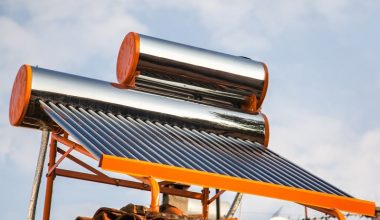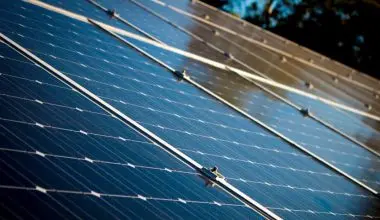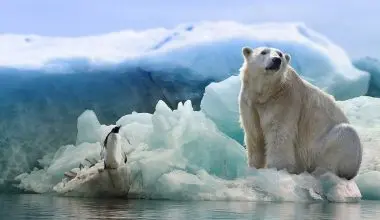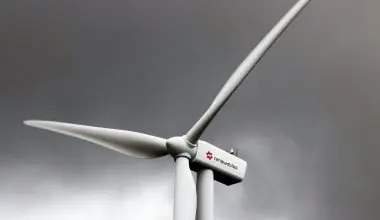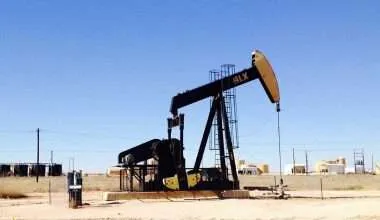Table of Contents Show
What is Climate Change?
Climate change refers to statistical or numerical shifts in the distribution of weather patterns over a certain period of time.
Such shifts are caused by natural processes like surface solar radiation, volcanic eruptions, biotic processes, and plate tectonics.
However, scientists have built predictive models using the data gathered including temperature changes, floral records, sea levels and ice depths among many other variables from different parts of world; it has been proven that the major contributing factor to climate change is human activity, a great chunk of which is related to the use of fossil fuels.
What are Fossil Fuels?
Fossil fuels are naturally produced biological substances within the Earth’s crust that can be burnt for generating energy, like coal, oil, natural gas, etc. In the past, fossil fuel was the spark that ignited industrial revolution and path to modern world that we see and interact with now.
At that time, everyone wanted to get in this industry by hook or by crook and this led to us turning a blind eye to the disadvantages of fossils but now our mistakes have come back to haunt us because fossil fuel consumption has affected the whole globe in one way or other.
In fact, Earth’s climate has always been changing over the years but since the boom of fossils we have accelerated the changes and directed them down the one way warm and gloomy path, which is commonly referred to as global warming. Now that vast damage has been done, we are realizing the effects of our decisions over the past few centuries.
What are the Effects of Overuse of Fossil Fuels?
Greenhouse Gas Emissions
Fossil fuels are now a necessary part of our lifestyle from electricity to transport and their combustion is always accompanied with the release of greenhouse gasses, such as CO2, directly into the atmosphere.
Greenhouse gases like CO2, methane, N2O, CFC, etc., absorb some part of the solar radiation and reflects it in all directions, including Earth’s surface preventing it from escaping atmosphere. Although some trapping is beneficial for us because it keeps the temperature of our planet higher than that of the space but when the temperatures rise further it has detrimental effects.
Rising Sea Levels
Along with increased production of emissions from industries and farming processes, we have cleared forests which were helping in removal of these greenhouse gasses. With the ongoing trapping of heat and rising temperatures, it has been shown to increase the sea levels by melting ice glaciers along with variable climate changes.
Economic Race
Currently around 80% of energy production is from fossil fuels and it is responsible for around two thirds of global greenhouse gas emissions.
This $100 trillion industry is providing a substantial GDP in several countries such as Saudi Arabia, Oman, Qatar, Russia and so on, which makes it even harder to disrupt because the stakes are quite high especially for the thousands of poor and middle-class people involved in the sector.
These countries are not the only ones to blame here because they do not at this point have enough money to make a transition to alternative fuels, thus it is the developed world which needs to take the charge but seem reluctant to do so as is evident from the fact that United States has opted out of the Paris Climate Agreement.
This ongoing race for industrial supremacy has evidently led to around 1°C rise in average temperatures as compared to those of pre-industrialization era.
Thermal Emissions
Modern climatologists have argued now that it is not just the greenhouse gases that might be causing climate changes but in fact the heat released from burning of these fuels, i.e. thermal emissions, might be playing a greater role than we imagined.
A study in 2009 concluded that from 1880 to 2000 net heat emissions contributed to 74% of the total accumulated heat in the same time period, while the remaining 26% of the heat accumulated must have come from greenhouse gases amongst other possible sources.
This is completely opposite to what we have been thinking; it is not the gases released but the energy lost that is causing the climate change.
Waste Of Energy/Low Efficiency
The efficiency of modern fossil-based power plants is 40% at most, while in the older times it was 10-15%. Although our technology has advanced, we are still generating more amounts of wasted heat as compared to electricity being produced. And this heat does contribute to climate change and global warming.
Release of Harmful Chemicals
Not only heat and greenhouse, there are other harmful substances being released with the combustion of fossils. Sulfuric, Carbonic and Nitric acids are produced via oxidation that after escaping into the atmosphere lead to acid rain.
Acid rain is a form of precipitation that affects everything on Earth, ranging from trees to man made architecture.
In the recent years, new studies have been showing something even more unpredictable. It has been postulated that climate change is significantly affected by factors outside of aerosphere as well.
According to thermodynamic properties, heat flows from hot to cold body and thus fossils form a layer inside the ground which is very significant in preventing transfer of heat from internal core to the outer surface of Earth, essentially decreasing the temperatures and maintaining ecological balance because fossil fuels like oil, coal and gas have a very low thermal conductivity.
This principle is similar to the insulation provided by fatty layer under our skin, and so fossils have been termed as Earth’s “subcutaneous fatty tissue”. This theory is strongly supported by data that shows average increase in temperature is more in areas where there has been more extraction of fossil fuels, for e.g. in the Arctic global warming has led to a rise of 0.6°C temperature every decade since 1978 and on the other hand, in Antarctica, this increase is just 0.1°C, even though both these areas have similar levels of atmospheric CO₂ in atmosphere, but the difference might lie in the fact that fossil fuel extraction is banned in Antarctica while Arctic has seen advent of more than 400 oil and gas fields since 2007.
Conclusion
To sum up, fossil fuels have become backbone of our society but now that we know about its effects on environment, we have no excuse to continue their usage. Intergovernmental Panel on Climate Change (IPCC) has stated that with our current infrastructure global average temperatures are deemed to increase by 1.5°C, as compared to preindustrial times’ temperatures, in near future. And increase of temperature by 1.5°C involves complex changes to atmosphere leading to climate crisis. The leaders of today need to understand the risks and adopt alternative methods to reduce dependency on fossil fuels and such measures need to be implemented in immediate future because in the next 5 to 10 years we will easily have caused the temperatures to rise to deadly levels. With the hunger of humanity for fossil fuels, nothing seems to stop such a devastating industry, apart from investing in renewable energy and making it our top priority.

